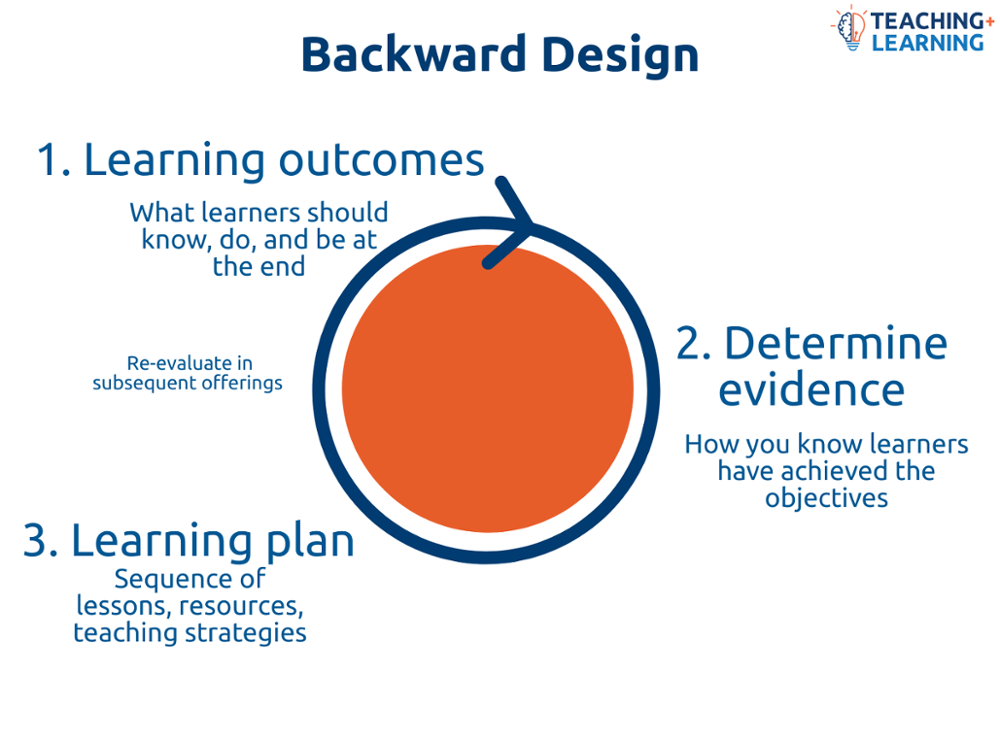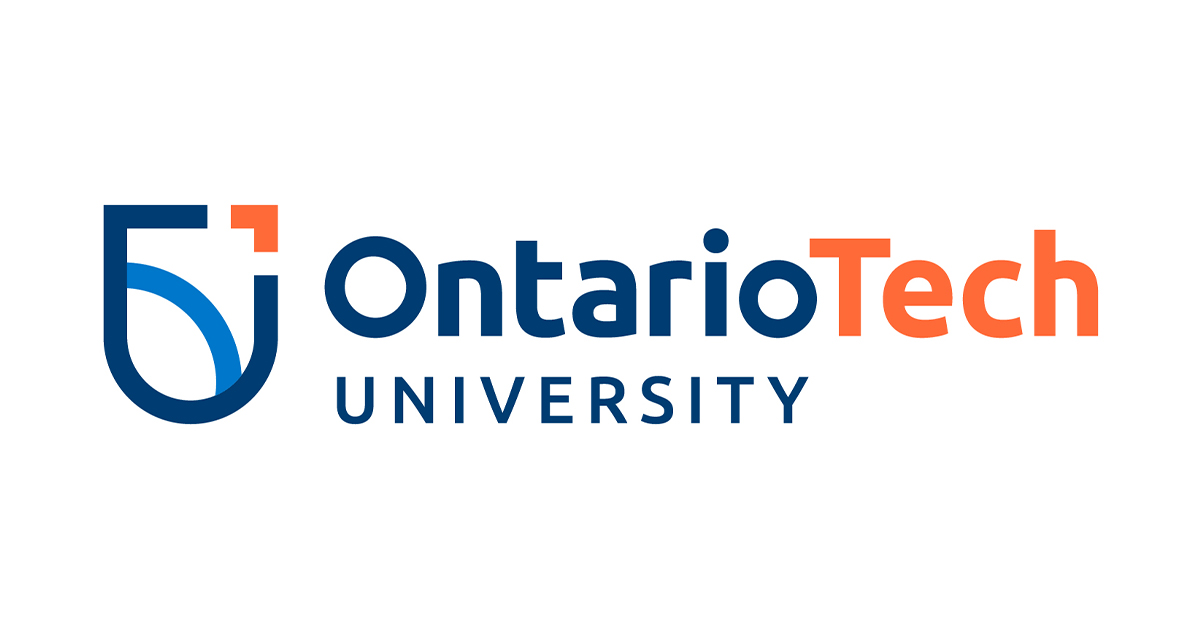Backward Design
Definition
Backward design involves planning with the end in mind as a starting point. Understanding by Design (UbD) is a specific framework developed by Wiggins and McTighe that includes three steps: 1) identify learning outcomes, 2) develop aligned assessments, and 3) develop a learning plan. A backwards design process can be used for course-level planning or units.
Explanation
-
Identify Learning Outcomes
What are the learning outcomes for the course or unit? What should learners know (content knowledge), do (apply), and be (value) by the end? Some courses have predefined learning outcomes aligned with program requirements. Beyond these, what knowledge, skills, and experiences will learners develop in the time frame?
-
Determine Evidence
Once you’ve identified the outcomes for your course or unit, how will you know if the learners have achieved these goals? Wiggins and McTighe (2016) propose a “continuum of assessment methods” which includes informal and formal assessments such as informal checks for understanding, observations, quizzes and tests, as well as performance tasks and projects.
-
Develop a Learning Plan
Once you’ve established learning outcomes and the evidence needed to assess if learners have achieved the goals, you now need to develop a learning plan. A learning plan can be organized in a course map which includes the topics, sequence of lessons, teaching strategies, and resources/materials.
Application

Resources
Design Tools (outlines and templates) - by McTighe & Associates Consulting
References
Wiggins, G., & McTighe, J. (1998). What is backward design? In Understanding by Design. Retrieved from https://educationaltechnology.net/wp-content/uploads/2016/01/backward-design.pdf
